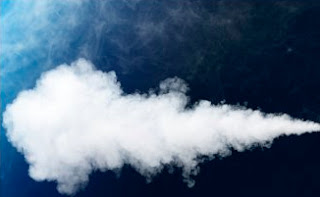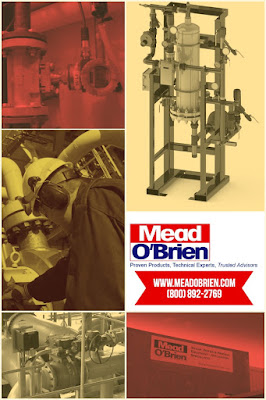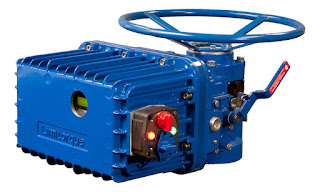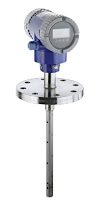GAS POWERED ACTUATORS
The Limitorque LDG direct gas actuator is designed to operate on high pressure pneumatic supply, including pipeline gases, nitrogen and any other equivalent high pressure source. Based on Limitorque’s high efficiency scotch-yoke modules, the self-contained system includes both the gas powered actuation unit and the high pressure gas control circuit. This makes it a robust and efficient way of providing reliable pipeline valve automation, even when no external motive power supplies are present. Limitorque’s advanced design criteria together with the full pressure rated controls allow higher torque output within a smaller dimensional envelope, thus reducing gas use and exhaust, and limiting pipeline product waste and environmental impact.HYDRAULIC ACTUATORS
LHS and LHH are Limitorque’s range of hydraulic, quarter-turn, scotch yoke actuators. Designed to meet or exceed the most current and stringent safety and reliability standards for application in the oil and gas industry LHS and LHH are suitable for on/off and modulating control of all quarter-turn valves. Limitorque scotch yoke actuators deliver reliable torque ranges up to 300 kNm (221 268 ft-lb) in a low displacement, compact dimensional envelope with a maximum allowable working pressure (MAWP) of 207 barg (3000 psig) for the LHS series and 345 barg (5000 psig) for the LHH series.PNEUMATIC ACTUATORS
Limitorque’s LPS and LPC are pneumatic quarter turn scotch yoke actuators, featuring a robust design suitable for heavy duty services, and among the longest design lifespans and maintenance intervals in the industry. Limitorque’s high torque LPS (up to 500000 Nm / 369,000 ft-lbs) and compact LPC (up to 5500 Nm / 4056 ft-lb) are the actuators of choice for effective on/off, modulating and control applications of quarter-turn valves in all general and protective services, in the most severe environments.For more information on Limitorque Fluid Power Systems, contact Mead O'Brien by visiting https://meadobrien.com or calling (800) 892-2769









